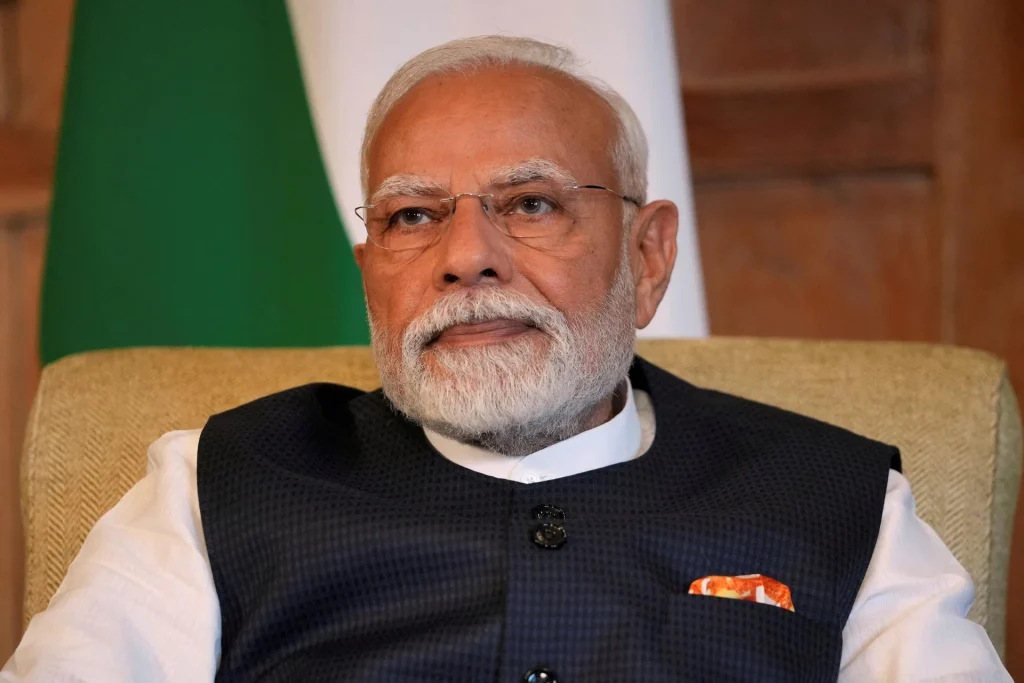AS SUMMITS go, the Shanghai Cooperation Organisation’s (SCO) meeting in Tianjin, China, last weekend went according to script. There was even an anodyne declaration at the end.
It did not address the conflicts between members. Four of the 10 SCO member states experienced direct military clashes in the past few months, and none more serious than the one between India and Pakistan that could have spiralled into a nuclear war.
The main interest was in the bilateral meetings on the sidelines. The hour-long meeting between Chinese President Xi Jinping and Indian Prime Minister Narendra Modi was of particular interest, as it had the potential to reset diplomatic and economic linkages in Asia.
India has been trying to raise the share of manufacturing in its gross domestic product from about 13 per cent to 25 per cent in recent years without much success. Some economists have argued such an aim would have a better chance if India opened up to Chinese capital and technology.
But relations between the two Asian giants have been plagued by a six-decade-old border dispute.
Some Chinese thinkers have made the case that this is the moment of a mighty realignment in the global political order and China should seize it. China-India relations figure prominently in this calculus, especially as Delhi reels from the fallout of Team Trump’s 50 per cent tariffs on its goods. These Chinese thinkers call on both sides to work for border peace.
BT in your inbox

Start and end each day with the latest news stories and analyses delivered straight to your inbox.
As it happened, the mood on the Indian side has also changed. Thus, a display of bonhomie at the Xi-Modi talks.
However, the real problem for India is not so much how it might open itself to China’s capital and technology, but rather its own impediments to further industrial development.
The Modi government has set a target of becoming a fully developed nation by 2047, its 100th anniversary of independence. But, as India’s own thinkers point out, the country has struggled to gain a foothold in manufactured export stakes for more than seven decades.
The unchanging cause of this struggle has been low productivity, rooted in its human capital deficit, especially in the densely populated northern Aryan regions. The southern Dravidian states are doing somewhat better, but in the northern Hindi-speaking heartland, the school system has a long way to go before it can provide the kind of manpower that industry needs.
Deep-rooted caste discrimination exacerbates matters. The upper castes have gamed the education system. The phenomenon of “opportunity hoarding” whereby high castes ensure state funding for (often subpar) medical and engineering colleges at the expense of primary and secondary schools has been noted by Indian analysts.
It’s no surprise, then, that India lost the race for the exports of labour-intensive manufactured goods, first to Japan in the 1950s, then to South Korea and Taiwan in the 1960s and 1970s, and to China in the 1980s and 1990s.
In every one of these instances of high growth spurts, it has been widely available education – which met minimum international benchmarks of literacy and numeracy – and sustained efforts to ensure that girls had an equal opportunity to attend schools, that was pivotal.
For India, this would mean forcing changes to familial attitudes to girls’ education, as well as working to end high-caste privileges. Human capital development has to be the top priority. The conditions must be right before Delhi dreams of reaching its 2047 goal.


